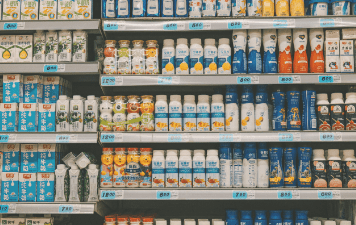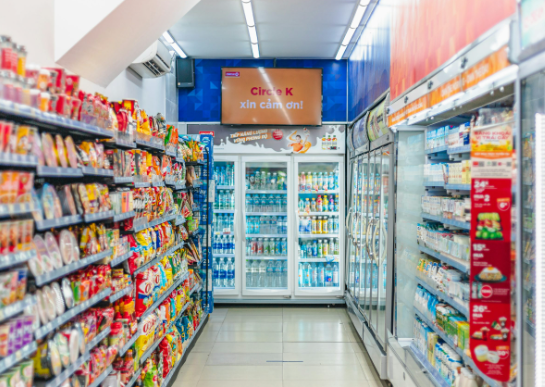A recent study has uncovered a surprising fact: shopping at your local convenience store could cost you a lot more than going to a larger supermarket, even if they belong to the same chain. According to research by Which?, prices for everyday items like pasta, milk, and cheese can be up to 21% higher in small convenience stores. That’s a big difference, especially when you’re only popping in for a few essentials. What’s more, if you’re part of a supermarket’s loyalty program, you could still be paying more when shopping at their smaller branches.
Big Price Differences at Smaller Stores
The Which? study compared the prices of 42 popular grocery items at major supermarket convenience stores—such as Morrisons Daily, Sainsbury’s Local, and Tesco Express—with the same items at the larger branches of these supermarkets. The result? Shoppers found that they paid much more for the same items in smaller stores.

The biggest price difference was found at Morrisons, where groceries in their Morrisons Daily stores were 21% more expensive than in their large supermarkets. For example, a 400g tin of own-brand chickpeas cost £1 at the Morrisons Daily store, but only 49p at a regular Morrisons supermarket. That’s more than double the price!
Loyalty Members Aren’t Spared
Even if you’re a loyal shopper with a membership card, you might not be getting the best deals at convenience stores. Morrisons loyalty scheme members who use their More card to get discounts in big supermarkets can’t use the card at the smaller Morrisons Daily branches. This means they could be paying an average of 22% more at these smaller outlets, as the loyalty discounts don’t apply.
Morrisons, however, has promised that they are “actively working” on making the More card available at their Daily stores “in the coming months.” A Morrisons spokesperson added that they are always trying to keep prices low while maintaining quality and variety for their customers.
Why Do Prices Differ So Much?
Why are prices at convenience stores so much higher? According to Tesco and Sainsbury’s, it’s mainly due to the location of these stores. Many of them are in city or town centers, where rent, rates, and other operating costs are much higher than in the suburbs where larger supermarkets are typically found. Since these smaller stores have higher expenses, some of these costs are passed on to the customers in the form of higher prices.
Tesco and Sainsbury’s also explained that their smaller stores cater to a different kind of shopping. Instead of doing a big weekly shop, customers at these convenience stores are often buying just a few items, maybe for dinner that evening. This difference in shopping behavior is also reflected in the prices.
What Items Are More Expensive?
The study found that customers who regularly shop at small convenience stores are paying a lot more for everyday essentials like milk, bread, and butter. For example, all three supermarket convenience stores in the study charged 8% more for two pints of semi-skimmed milk, whether or not the shopper had a loyalty card.
Interestingly, while Morrisons had the biggest price differences, Tesco and Sainsbury’s were a little better. Tesco’s prices at their smaller stores were about 10% higher than at their larger supermarkets, while Sainsbury’s price difference was only 5%. However, when loyalty schemes came into play, the price difference became much larger.
For example, shoppers using Sainsbury’s Nectar card were found to be paying an average of 14% more at Sainsbury’s Local stores. Meanwhile, Tesco Clubcard holders could be spending 11% more in a Tesco Express compared to a large Tesco supermarket.
Not Everyone Has a Choice
Unfortunately, not everyone can avoid these higher prices. As Which? retail editor Ele Clark pointed out, many people live far away from large supermarkets and don’t have easy access to transportation or online deliveries. This means they are forced to rely on the smaller convenience stores nearby. Over time, the higher prices they pay for basic items can really add up.
“For people who have to shop regularly at smaller stores, these price differences mean they’re spending much more than those who have access to larger supermarkets,” Clark said.

What Are Supermarkets Doing About It?
Supermarkets are aware of these price differences and are making efforts to reduce them, although they say some differences are unavoidable. Morrisons has introduced a budget Savers range into its Morrisons Daily stores across the country, in an effort to help shoppers access lower-priced options.
Tesco and Sainsbury’s also emphasized that their loyalty schemes are designed to offer better value, but that the offers might vary based on the type of store. Tesco explained that it tailors its Clubcard Prices to suit the needs of customers shopping at smaller stores, who tend to buy for different occasions than those shopping at larger supermarkets.


